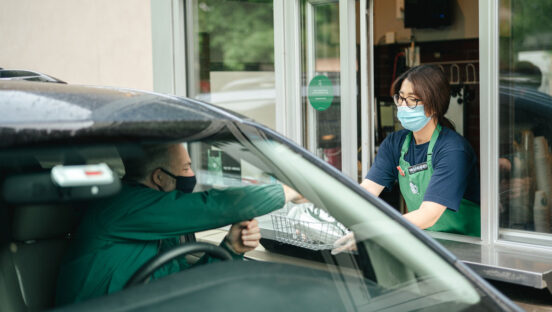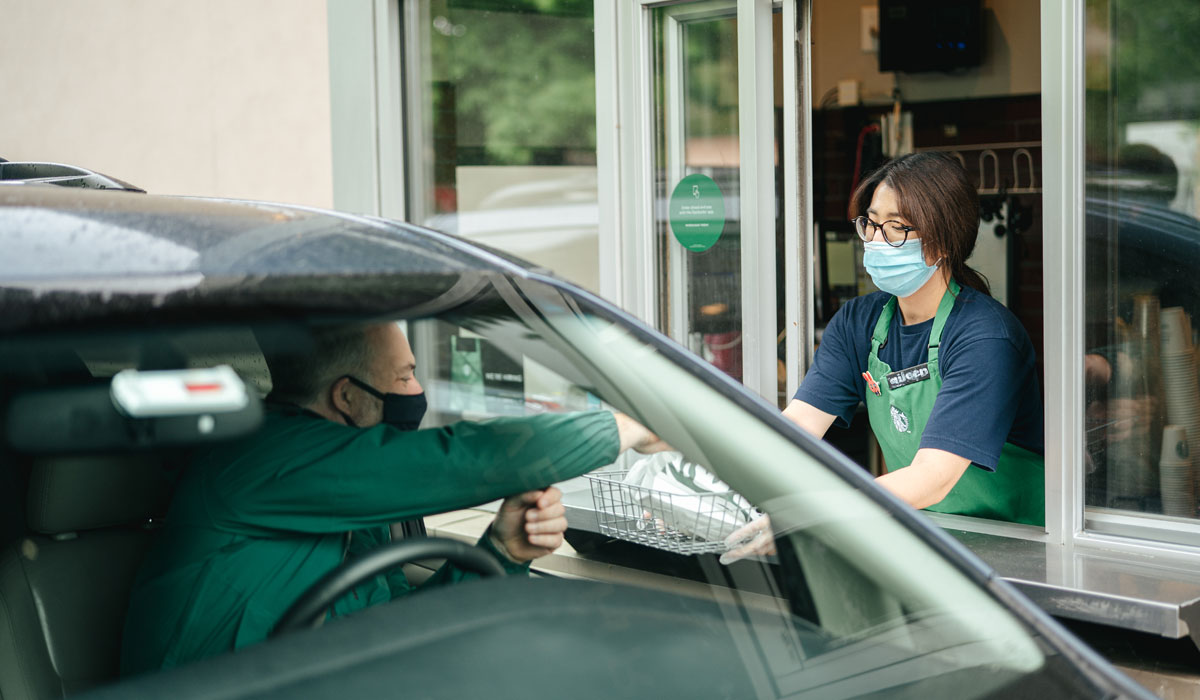
The Environment and Drive-Thrus: Not an Idle Concern Anymore
Drive Thru

Share:
Subscribe to A.M. Jolt
Get daily updates on quick-serve industry news, tips, and events.
"*" indicates required fields


Subscribe to A.M. Jolt
"*" indicates required fields